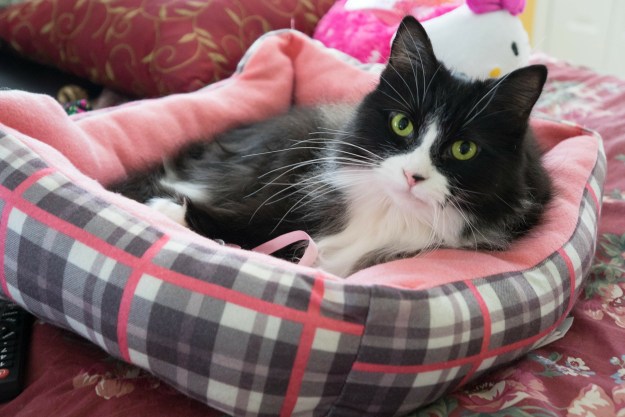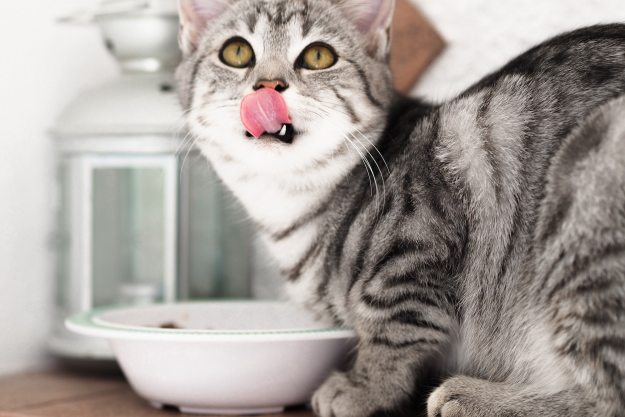If your cat prefers wet food, you probably understand the frustration of throwing away uneaten food and wonder if there’s a better way. Storing dry cat food is much easier, but if that’s not an option, it’s time to explore how to store and serve wet food in a way that creates less waste.
You’ll save money on wasted food, and you may even be able to make serving wet food a little easier on yourself. Let’s take a look at a few things you can do to preserve your cherished feline friend’s wet food, including one of the most important methods — freezing. If you're wondering if you can freeze wet cat food, we have answers.
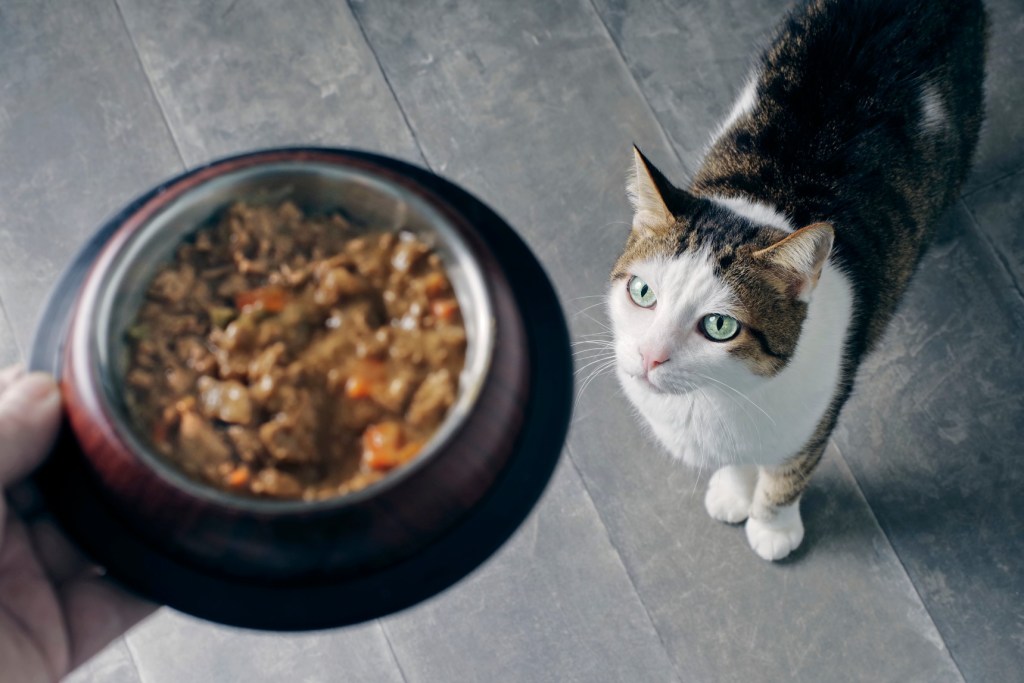
Can you freeze cat food?
As it turns out, your freezer is your friend when it comes to storing cat food. Wet food freezes well, and you can store it for up to six months as long as you store it the right way. Storing cat food frozen helps eliminate waste and could even make it easier to serve your cat.
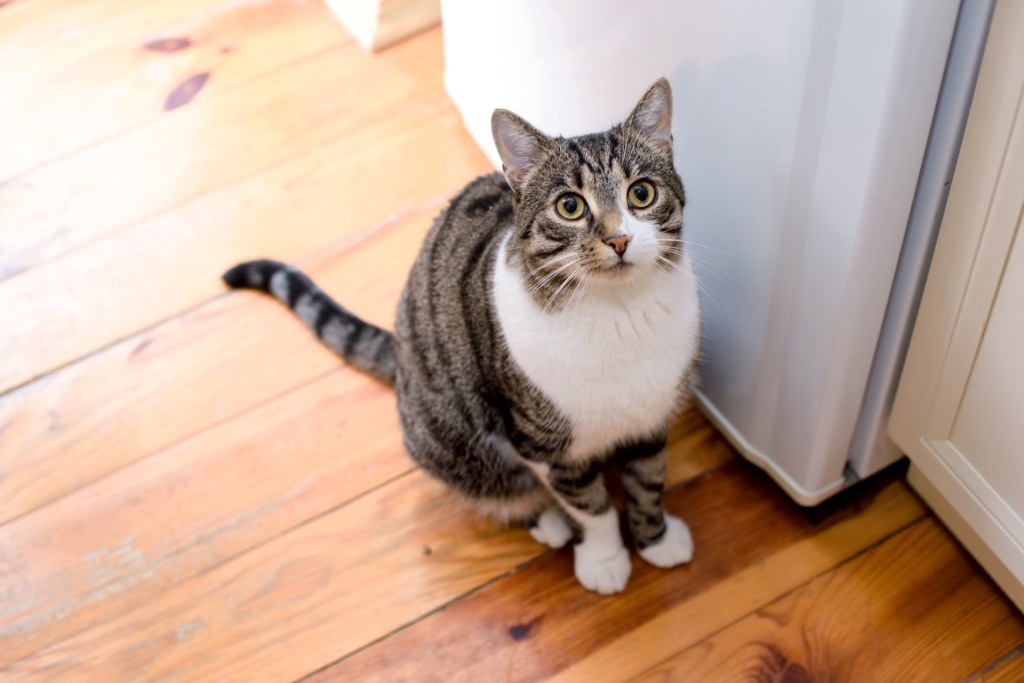
How to store cat food
Before you toss that food tin in the freezer, there are a few things to consider. Let’s take a look at the basics of storing your cat’s food, so you get the best results and don’t regret your decision later.
Step 1: Choose your containers wisely.
Wet food has a high moisture content and will expand in the freezer. You could be in trouble if you don’t put it in a freezer-safe container. The tin doesn’t allow for expansion and could explode or leak in the freezer.
Instead, use a freezer-safe plastic or glass container and leave enough space for the food to expand. Your freezer will thank you, and you won’t have to deal with a huge mess when you get your cat’s next meal.
Step 2: Freeze before, not after.
Freezing food before serving is an excellent way to provide your cat with smaller meals or correct portions. If your cat tends to leave food uneaten, try serving a few defrosted bites at a time so you aren’t in danger of wasting the food.
If you save your cat’s food for later, it’s more likely to contain bacteria. Instead, freeze food right out of the original, sealed container for the best results.
Step 3: Freeze in portions.
Always divide the food into the proper portions before you freeze it. It can take forever to thaw an entire chunk of cat food, so save yourself the hassle and divide up the food first.
You can create patties from each serving size and freeze them on a tray until they’re ready to go into a container. When you’re ready, pull out one cake and defrost it for a quick meal.
You can also cut the food into mini chunks and freeze it that way. Serve a few of them to equal one serving size, and you’ve got a conveniently portioned freezer stash for your cat’s dinner.
Whatever you decide, be sure you know the correct serving size for your cat.
Step 4: Freeze in the right form.
It’s much easier to defrost a flat patty than a chunk. Once you’ve measured out all your portions, flatten them into pancake shapes to help make defrosting quicker. You can freeze portions in individual containers, or flash freeze the pancakes on a sheet and layer them on freezer paper in your container for easy removal.
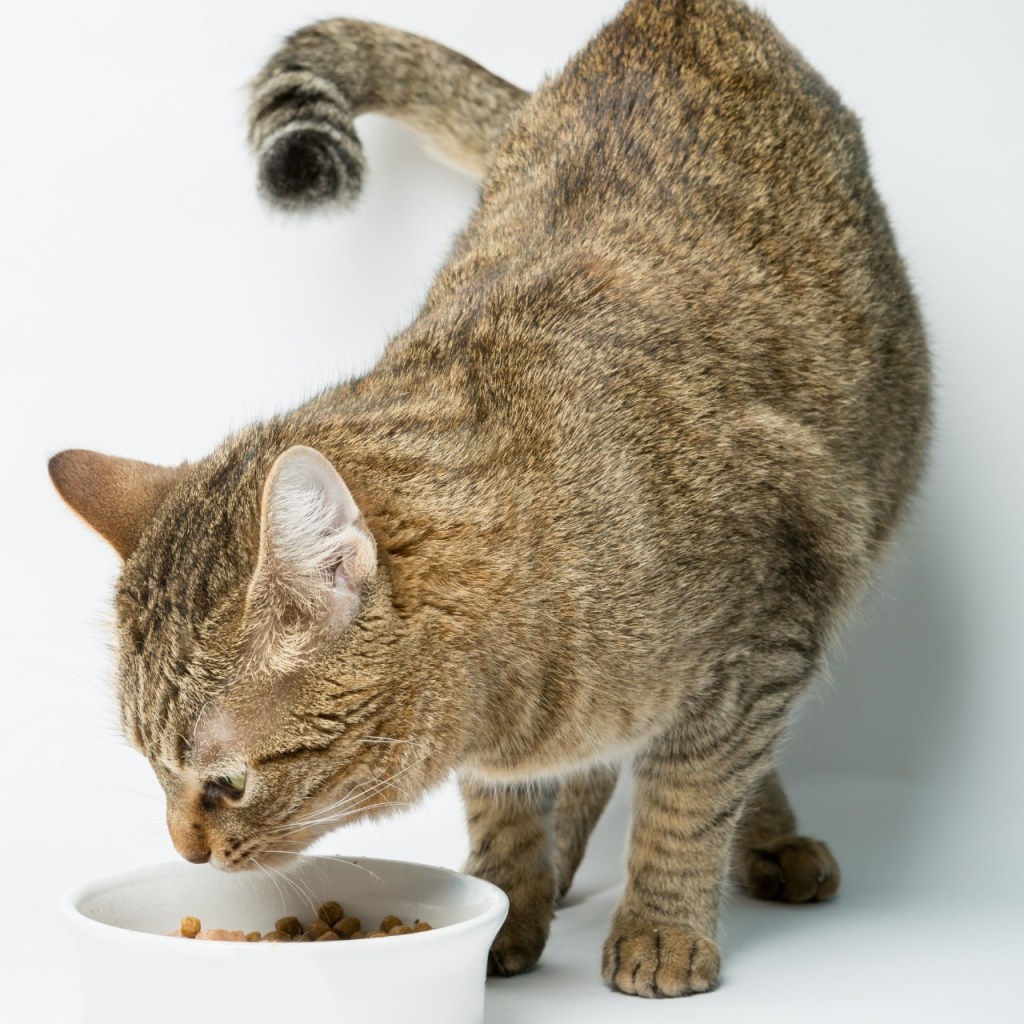
How to defrost your cat’s food safely
The best option is to defrost your cat's food in the fridge for a few days before serving. If your cat prefers warm food, or you haven't had time to put the food out, defrost gently in the microwave on half power. Check to ensure the food is warmed through but isn't too hot.
Allow your cat time to eat, but throw away any uneaten portions after two hours. It's not worth the potential health risks to refreeze the food, and you'll only have trouble later figuring out which food you've already used.
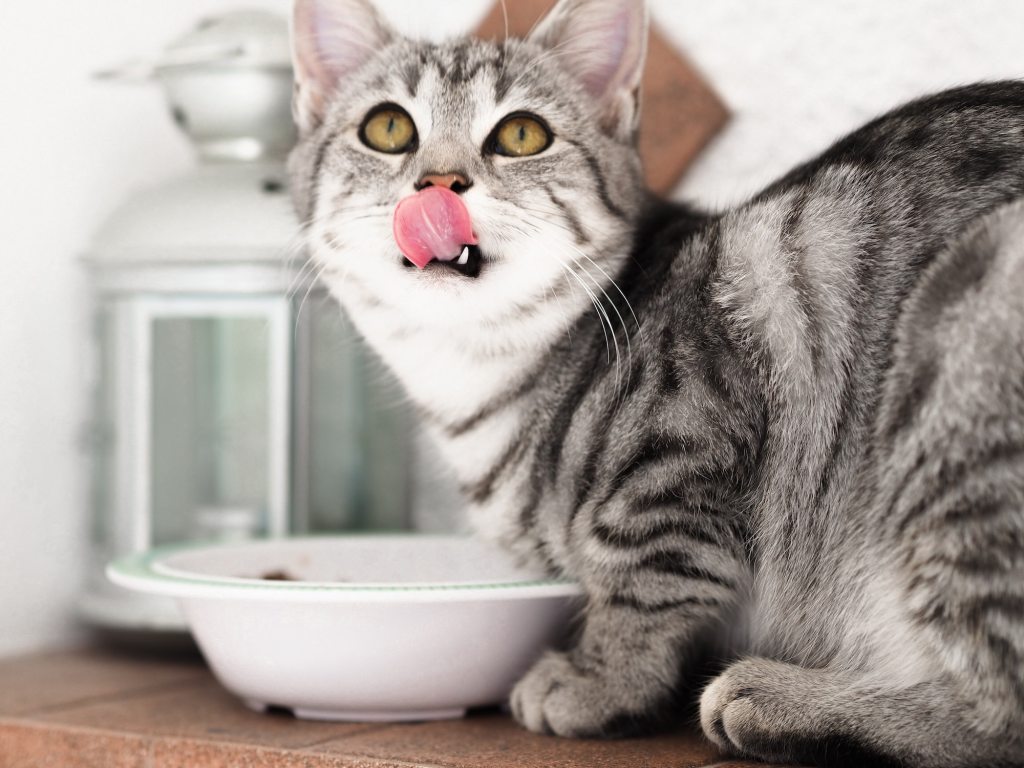
Keep your cat well-fed with the right system
Freezing cat food in the right portions can help you serve the right amount of food and put an end to food waste. If your cat doesn’t always eat an entire serving, you’ll have the option to break up servings safely without risking contamination.
You can build your cat food stash logically, allowing you to have frozen portions, portions defrosting in the fridge, and some ready to serve. If you plan ahead, you can give yourself more flexibility with your storage, save money by wasting less, and provide your cat fresh meals he's sure to gobble up.
Editors' Recommendations
- Why do cats twitch in their sleep? The real reasons behind this curious behavior
- Why do cats cover their face when they sleep? This adorable behavior, explained
- Why do cats eat plastic (and when you should be concerned)?
- Why do cats lick themselves? It goes beyond just cat grooming
- Why do cats open their mouths when they smell? It’s for a really cool reason

